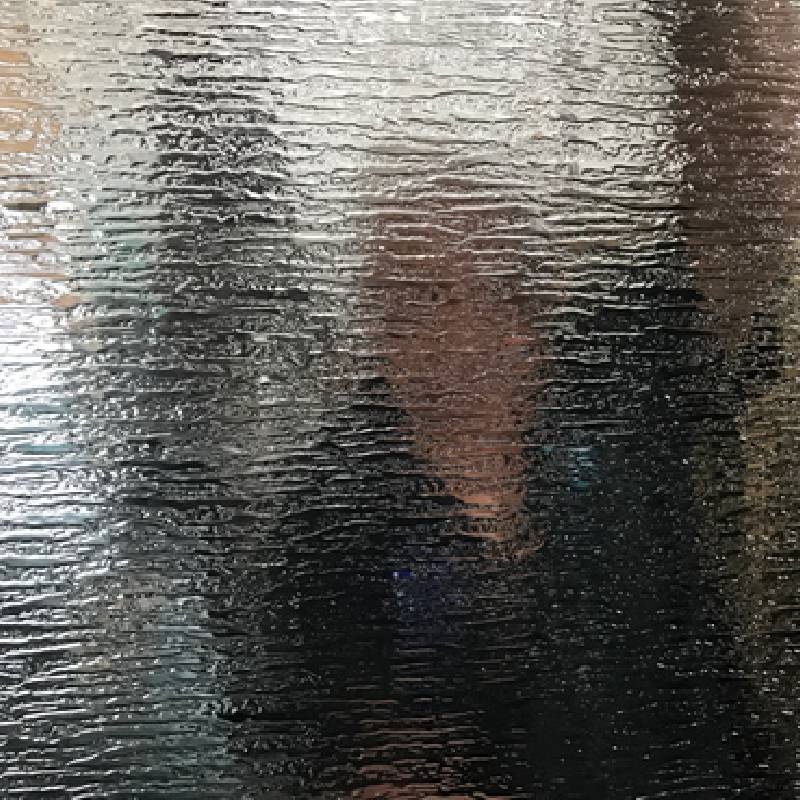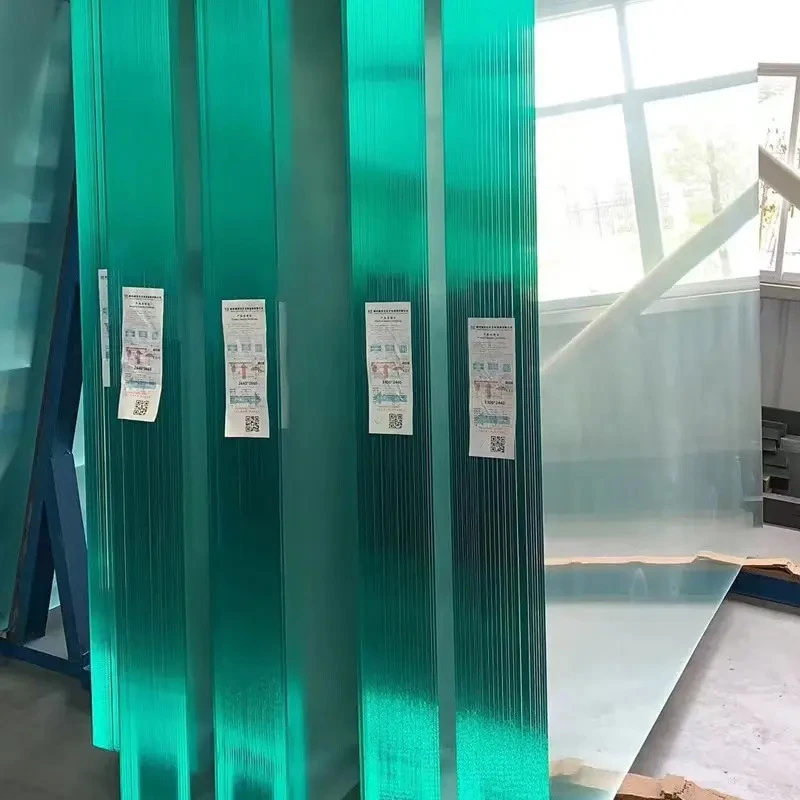The cost of clear glass has always been a significant factor for manufacturers, architects, and consumers alike. As one of the most ubiquitous materials used across various industries, understanding its pricing dynamics is crucial. Delving into the different aspects of clear glass cost can provide valuable insights for those seeking to optimize budgets or enter the glass market.

Clear glass, with its aesthetically pleasing and versatile properties, finds application in everything from residential windows to automotive parts. Its pricing, however, isn't straightforward due to the multiple factors influencing it. A blend of raw material costs, manufacturing processes, market demand, and logistical considerations all converge to form the final price tag.
Raw materials, predominantly silica sand, sodium carbonate, and calcium oxide, form the backbone of clear glass production. The availability and quality of these materials can significantly impact costs. Regions with abundant natural resources typically see reduced raw material costs, subsequently lowering the product's price. This raw material variability often sees prices fluctuate on a global scale, reflecting the geographical availability of core glass components.

Manufacturing is another crucial cost determinant. The energy-intensive process of glass production depends largely on the scale and efficiency of production facilities. Larger, more modern plants often benefit from economies of scale, reducing costs per unit. Innovations in production, such as the float glass process, have further optimized costs by enabling larger scale and higher quality at diminished per-unit expenses. Energy prices, invariably tied to manufacturing, can also influence costs drastically. Fluctuations in energy costs, especially those related to fuel and electricity, directly affect glass production prices.
Market demand exerts considerable influence over clear glass costs. Current trends toward energy efficiency and sustainability have led to a surge in demand for glass with specialized coatings or treatments, such as Low-E (low emissivity) glass. While this isn’t directly related to clear glass, the overall demand for glass industry products impacts manufacturing priorities and pricing strategies. High demand periods typically see price escalations, whereas slack demand may force manufacturers to cut prices or offer incentives to move surplus inventory.
clear glass cost
Logistics and transportation present yet another layer of cost. Glass, being fragile, requires careful packaging and transportation. Shipping costs can be substantial, especially over long distances or across international borders. Tariffs and trade policies further complicate international shipping costs. Manufacturers often pass these expenses onto consumers, so buyers in regions distant from major production hubs tend to face higher prices.
Technological advancements and innovation also play a role in shaping glass costs. While initial investment in new technologies can be high, over time these can lead to reduced production costs, more efficient energy use, or enhanced material properties. Innovations like improved recycling techniques not only contribute to environmental sustainability but can also reduce the need for new raw material extraction, thereby impacting cost favorably.
Considering these elements, those involved in purchasing or specifying clear glass must navigate a complex landscape. For professionals in construction and design, understanding these cost components is vital when planning projects and making informed decisions. Educating oneself on current market trends, advancements in production technology, and the broader economic factors influencing energy prices and raw material availability is essential for accurate budget forecasting and negotiation.
The inherent complexity of clear glass cost means that a strategic approach is needed. Partnering with experienced suppliers who demonstrate transparency and provide detailed cost breakdowns can enhance trust and ensure that pricing aligns with quality and delivery expectations. This trust often extends to long-term relationships that offer better terms, access to innovations, and enhanced service levels.
By comprehensively examining the factors influencing clear glass cost, stakeholders in the industry can make informed decisions. Whether it's a corporate procurement officer looking to secure the best deal or an architect aiming for sustainable yet cost-effective materials, understanding these dynamics paves the way for successful outcomes, fostering an industry where expertise and innovation go hand in hand.

